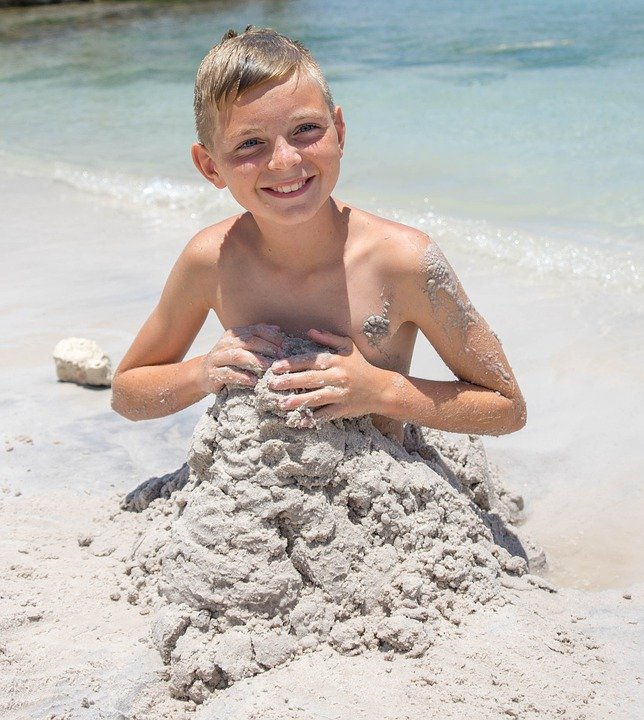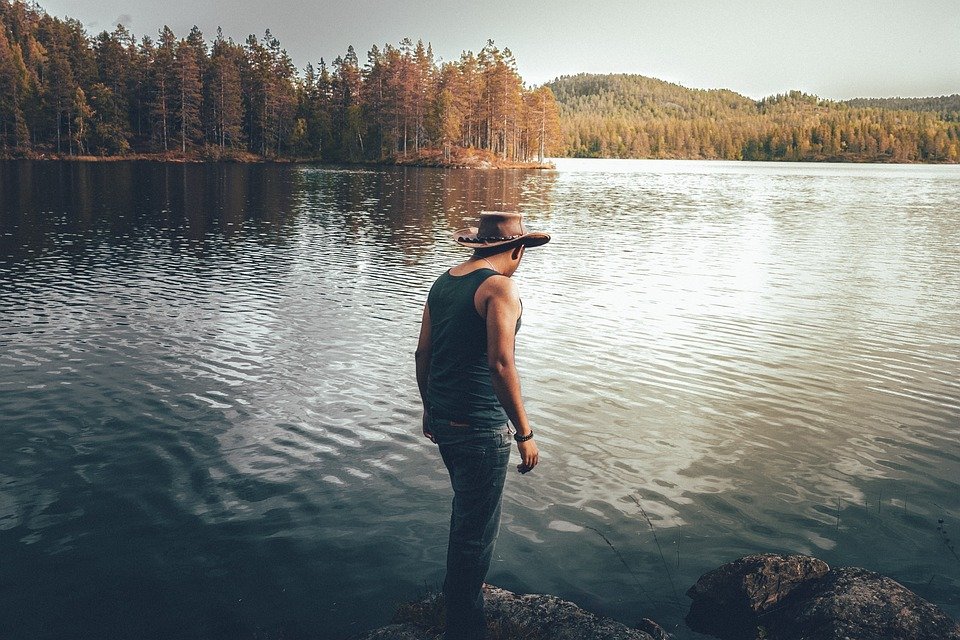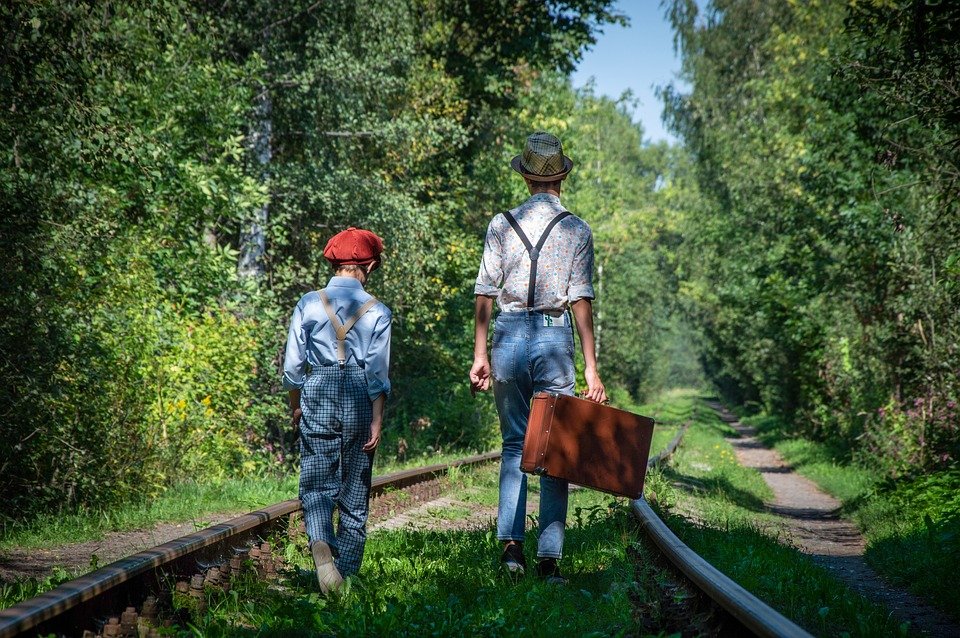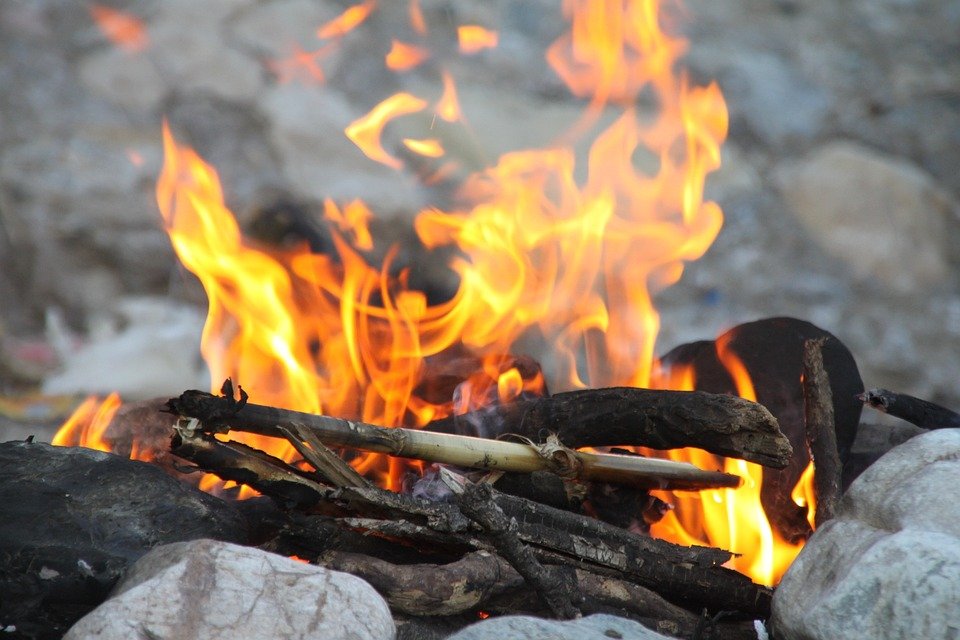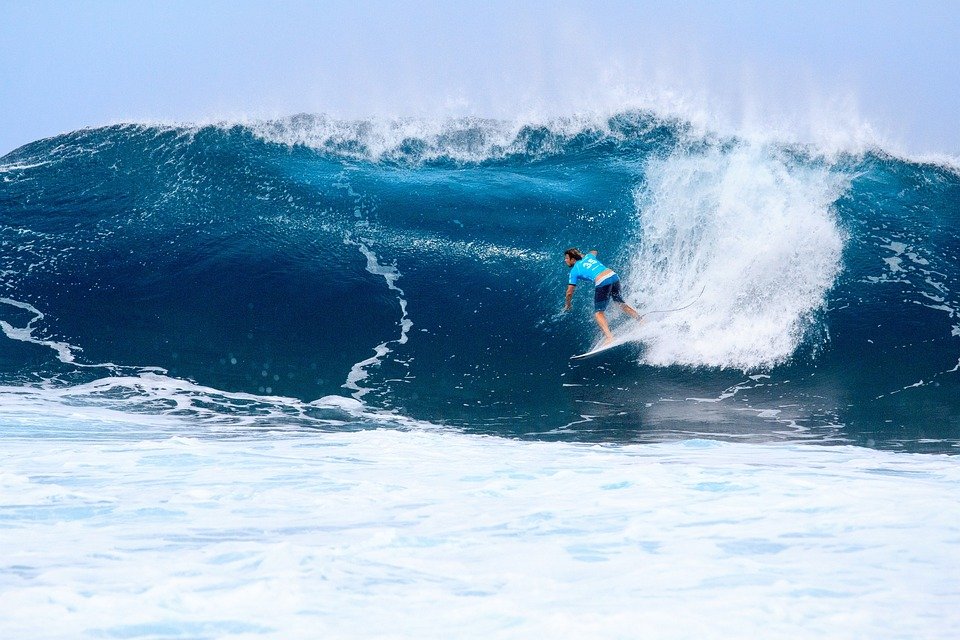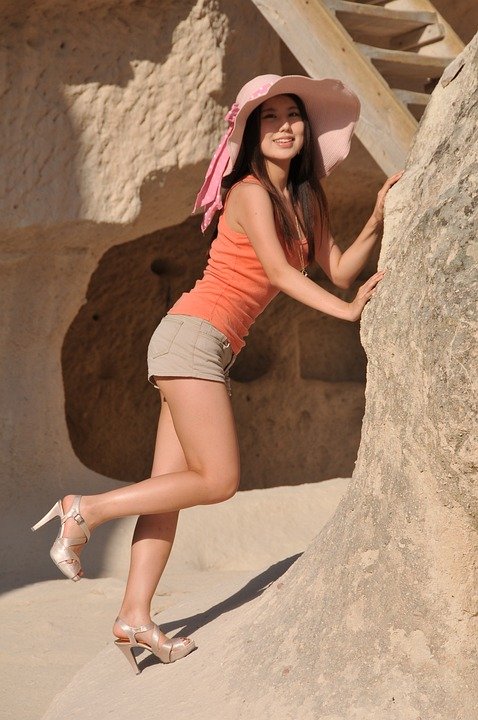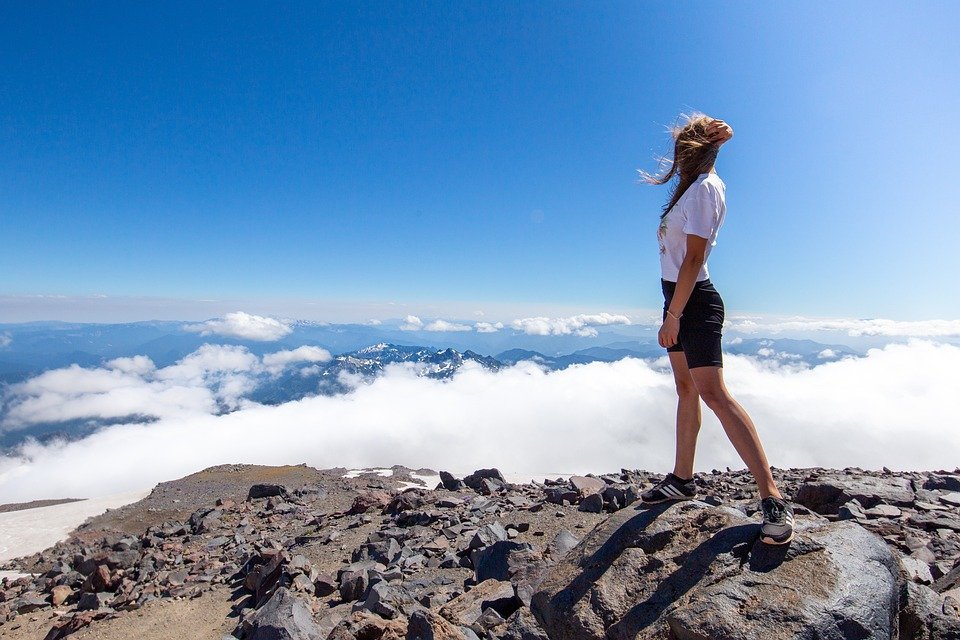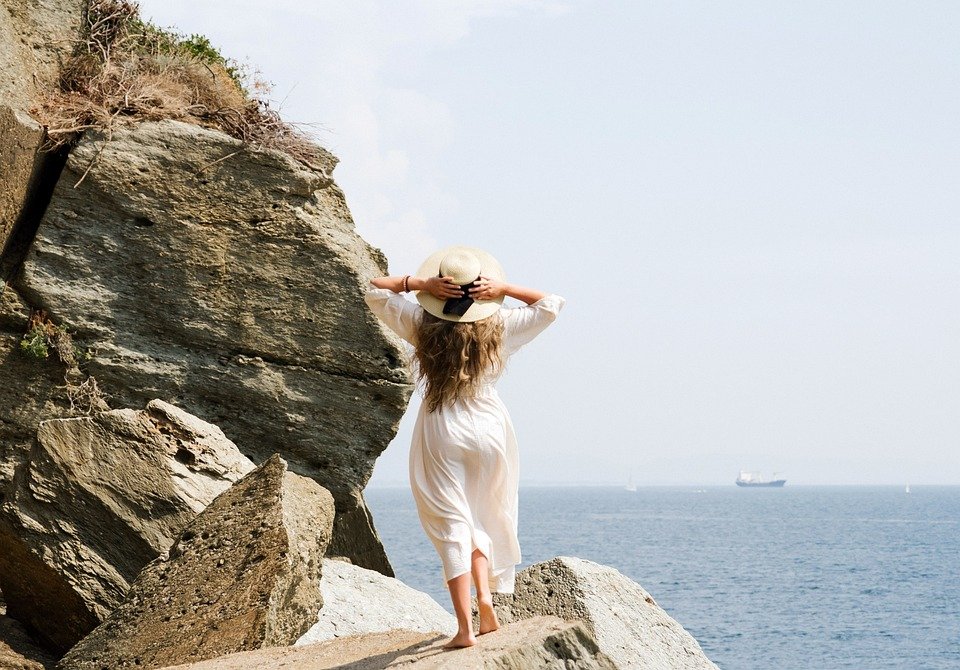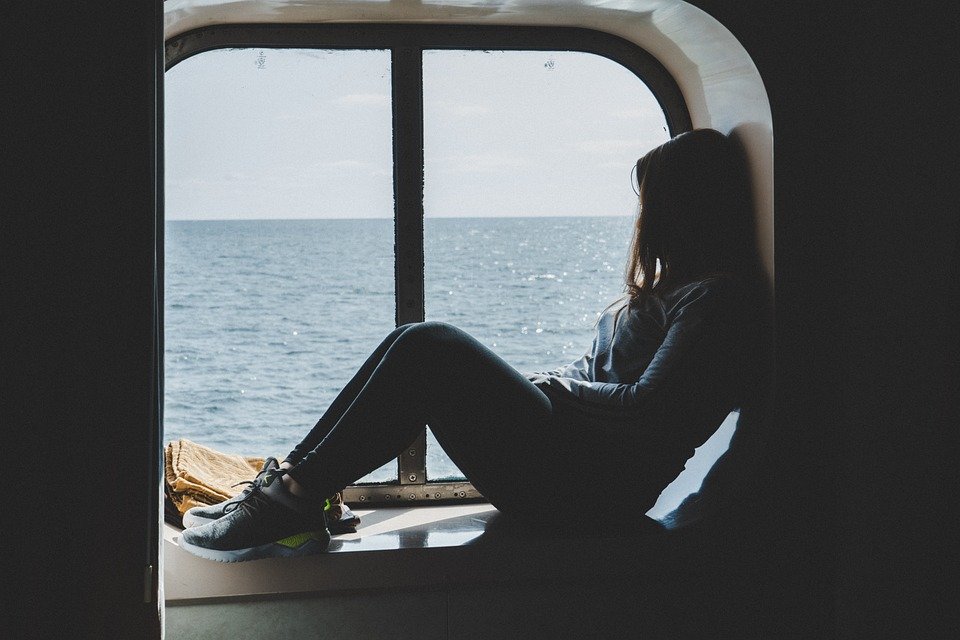What are the factors contributing to the tragic diving deaths at Bonne Terre Mine?

Description: In this article, we will explore the factors that have led to the tragic diving deaths at Bonne Terre Mine. We will discuss the dangers of diving at this historic site, the unique challenges divers face, and the importance of proper training and equipment.
What makes diving at Bonne Terre Mine dangerous?
There are several factors that contribute to the dangerous conditions at Bonne Terre Mine. The mine is an expansive underwater labyrinth with deep tunnels, narrow passageways, and limited visibility. Divers must navigate through these obstacles while managing their air supply and avoiding potential hazards such as collapsed structures and loose debris.
Additionally, the water temperature in the mine remains a constant 58 degrees Fahrenheit year-round, posing a risk of hypothermia to divers who are not properly equipped. The depth of the mine also increases the risk of decompression sickness, a potentially fatal condition caused by ascending too quickly from the depths of the water.
What are the unique challenges divers face at Bonne Terre Mine?
Divers at Bonne Terre Mine face a number of unique challenges that set it apart from other diving locations. The mine’s dark, murky waters reduce visibility to a minimum, making it difficult to navigate and locate exit points. This can lead to disorientation and panic, especially for inexperienced divers.
The structure of the mine itself adds to the challenge, with narrow passageways, sharp edges, and submerged obstacles that can snag diving equipment or pose a risk of entrapment. Divers must carefully plan their routes and stay alert to potential dangers at all times.
Why is proper training and equipment crucial for diving at Bonne Terre Mine?
Given the unique dangers of Bonne Terre Mine, proper training and equipment are essential for safe diving practices. Divers must undergo specialized training to develop the skills needed to navigate the challenging underwater environment and respond effectively in emergency situations.
Having the right equipment is also crucial for diving at the mine. This includes exposure protection to guard against the cold water temperature, reliable dive lights for improved visibility, and redundant air supply systems to prevent the risk of running out of air during a dive.
What precautionary measures can divers take to improve safety at Bonne Terre Mine?
There are several precautionary measures divers can take to enhance their safety while exploring Bonne Terre Mine. Prior to diving, divers should conduct thorough research on the mine’s layout and potential hazards, as well as undergo specialized training to build their skills and confidence underwater.
Additionally, divers should always dive with a buddy for added safety and communication, maintain a conservative dive profile to reduce the risk of decompression sickness, and regularly inspect and maintain their diving equipment to ensure it functions properly during a dive.
Conclusion
Despite the allure of Bonne Terre Mine as a unique diving destination, the site presents a number of dangers and challenges that divers must be aware of to ensure their safety. By understanding the factors contributing to the tragic diving deaths at the mine and taking proper precautions, divers can minimize risks and enjoy a safe and memorable diving experience.
FAQs
1. Is diving at Bonne Terre Mine suitable for beginners?
Diving at Bonne Terre Mine is not recommended for beginners due to its challenging conditions and potential hazards. It is important for divers to have prior experience and specialized training before attempting dives at the mine.
2. What is the water temperature at Bonne Terre Mine?
The water temperature at Bonne Terre Mine remains a constant 58 degrees Fahrenheit year-round. Divers should be prepared with proper exposure protection to guard against the cold temperature.
3. Are there guided dive tours available at Bonne Terre Mine?
Yes, there are guided dive tours available at Bonne Terre Mine for experienced divers. These tours provide additional safety and support for divers navigating the underwater labyrinth of the mine.
4. How can divers prepare for diving at Bonne Terre Mine?
Divers can prepare for diving at Bonne Terre Mine by conducting thorough research on the site, undergoing specialized training, and ensuring they have the necessary equipment and skills to navigate the challenging underwater environment safely.
5. What should divers do in case of an emergency while diving at Bonne Terre Mine?
In case of an emergency while diving at Bonne Terre Mine, divers should remain calm, follow emergency procedures, and signal for assistance from their dive buddy or the dive guide. It is important for divers to be prepared to respond effectively to emergency situations underwater.


 English
English 

























